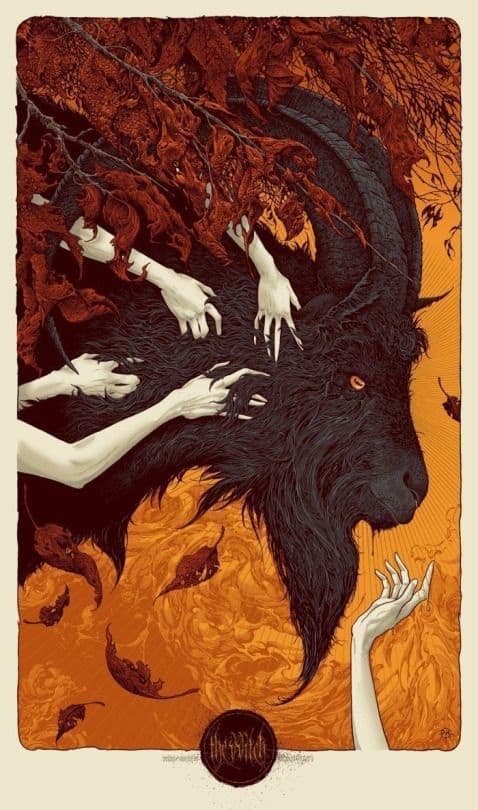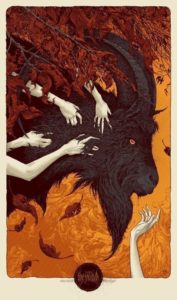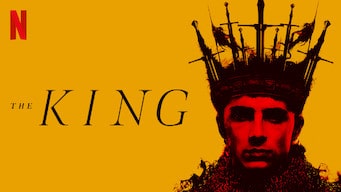
A common complaint about film and TV scores is their use of tone over melody (a complaint perhaps most famously made by Jason Segel’s composer character in Forgetting Sarah Marshall). Mark Korven completely ignored this complaint for his score of The Witch, relying largely on tones to make a haunting, horrifying piece of music.
The Witch tells the story of a 17th century Puritan family ostracized from their Christian settlement to a small farm allotment. Proponents of the austere Puritan lifestyle, they do not partake in the common comforts and pleasures of life. Korven furthers this austerity by creating a minimalist wall of acoustic sound, almost solely through period instruments. These rarely-heard instruments are at once familiar and discomforting. For instance, the nyckelharpa sounds similar to a violin, but different enough that its whining, nearly grating sound is immediately unsettling.
The result is relentless and non-stop fear. There are no breaks, no calming interludes, no time to breathe – only tension. The score embodies the persistent presence of witches and Satan, a presence that becomes ever more real through the female choir who sings, shrieks, and furiously chants in some long-lost language of evil. Somehow Korven does all this – create a frightening, period-grounded score that embodies the antagonist – my embracing the very complaint so often lodged against film scores.



